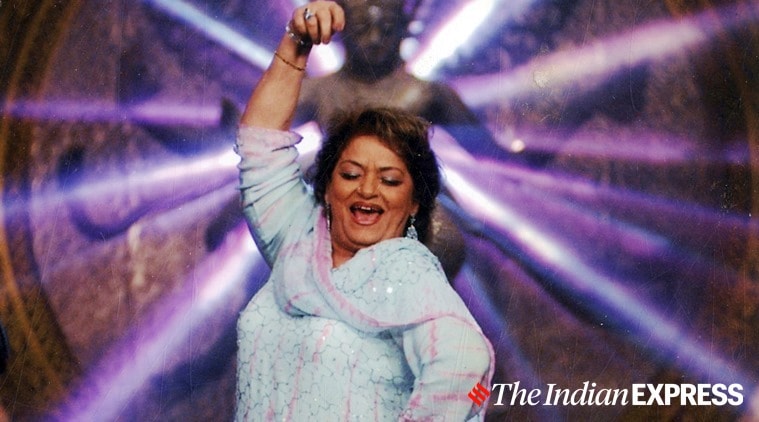 Choreographer Saroj Khan. (Express archive photo)
Choreographer Saroj Khan. (Express archive photo)
In Nidhi Tuli’s 2012 documentary, ‘The Saroj Khan Story’, the choreographer narrates an argument she once had with the censor board — they were not too keen on having Madhuri Dixit heave her bosom to “Dhak dhak karne laga” in Beta. “Dhak dhak, from where will that sound come, except from the heart? And where is my heart?” says Khan. The song and its choreography went on to become the year’s biggest hit in 1992, and once again, Khan, who passed away on Friday morning, demonstrated that if there was anyone in the Hindi film industry who could walk, or sashay, the thin line between sensuality and vulgarity, it was her.
Khan began her career as a child actor and dancer in the 1950s, at the beginning of the “golden era of Hindi films”, but it was her work in the 1980s and ’90s that cemented her place in the industry. At a time when entire plot-lines revolved around the hero’s journey, and the female lead was relegated to the singing-and-dancing love interest who offered relief from action sequences. Khan recognised the power of every musical number — an opportunity for women to take the lead. And what better way to do it than by dancing and celebrating femininity? In every composition, she brought the body alive: It could be a slight twitch of the head, a smile that reached the eyes, hands that moved with grace to beckon love or signal admonishment, and feet that moved so swiftly, so lightly, that the ground beneath seemed to tremble in delight.
Known as “Masterji”, Khan’s talent also lay in helping actors who couldn’t follow her intricate routines. Shah Rukh Khan and Kareena Kapoor Khan have spoken about how she worked with their limitations: “You have two left feet, but what of the face, use that.” Dance was more than expression for Khan, it was life itself.